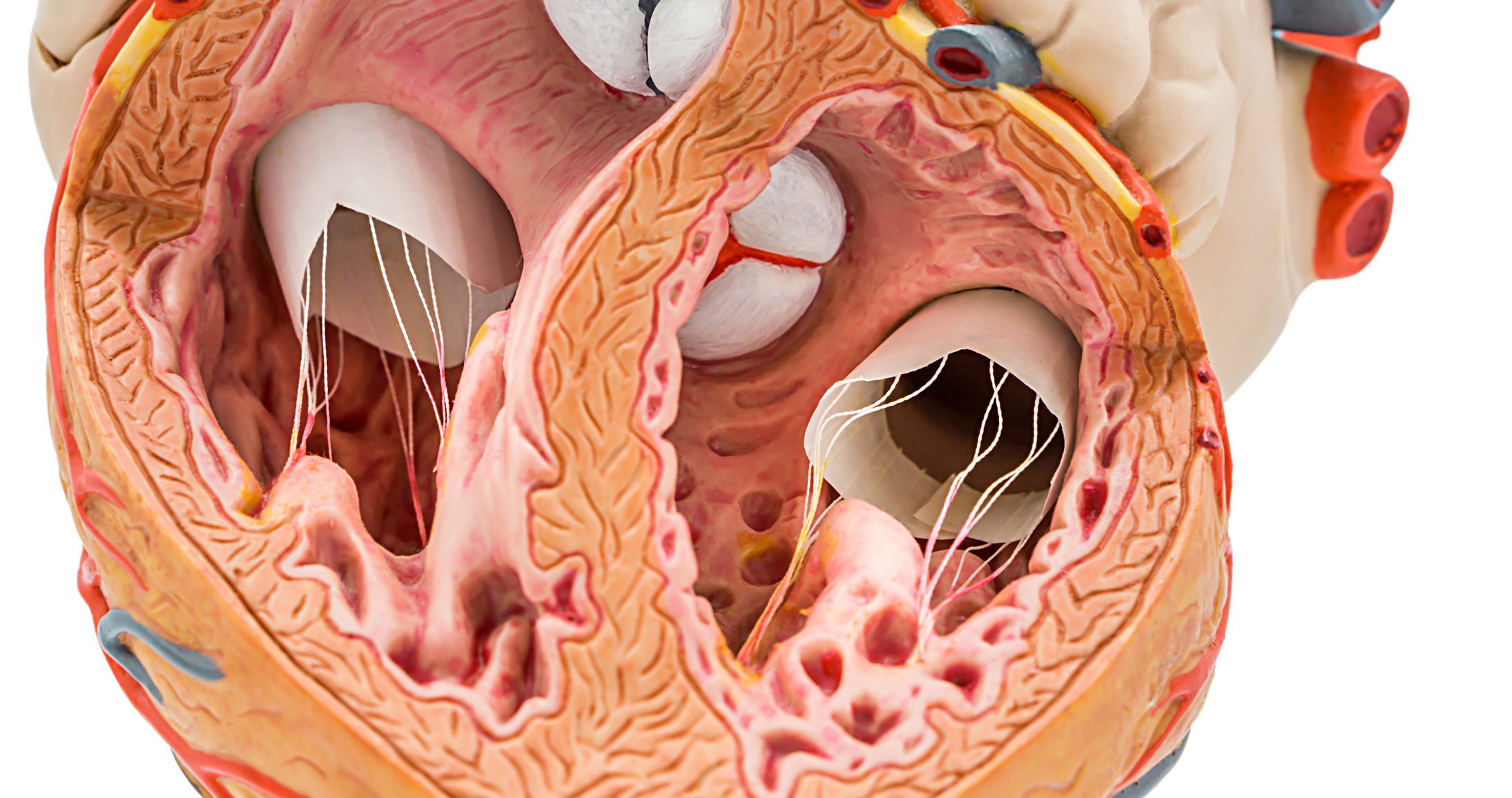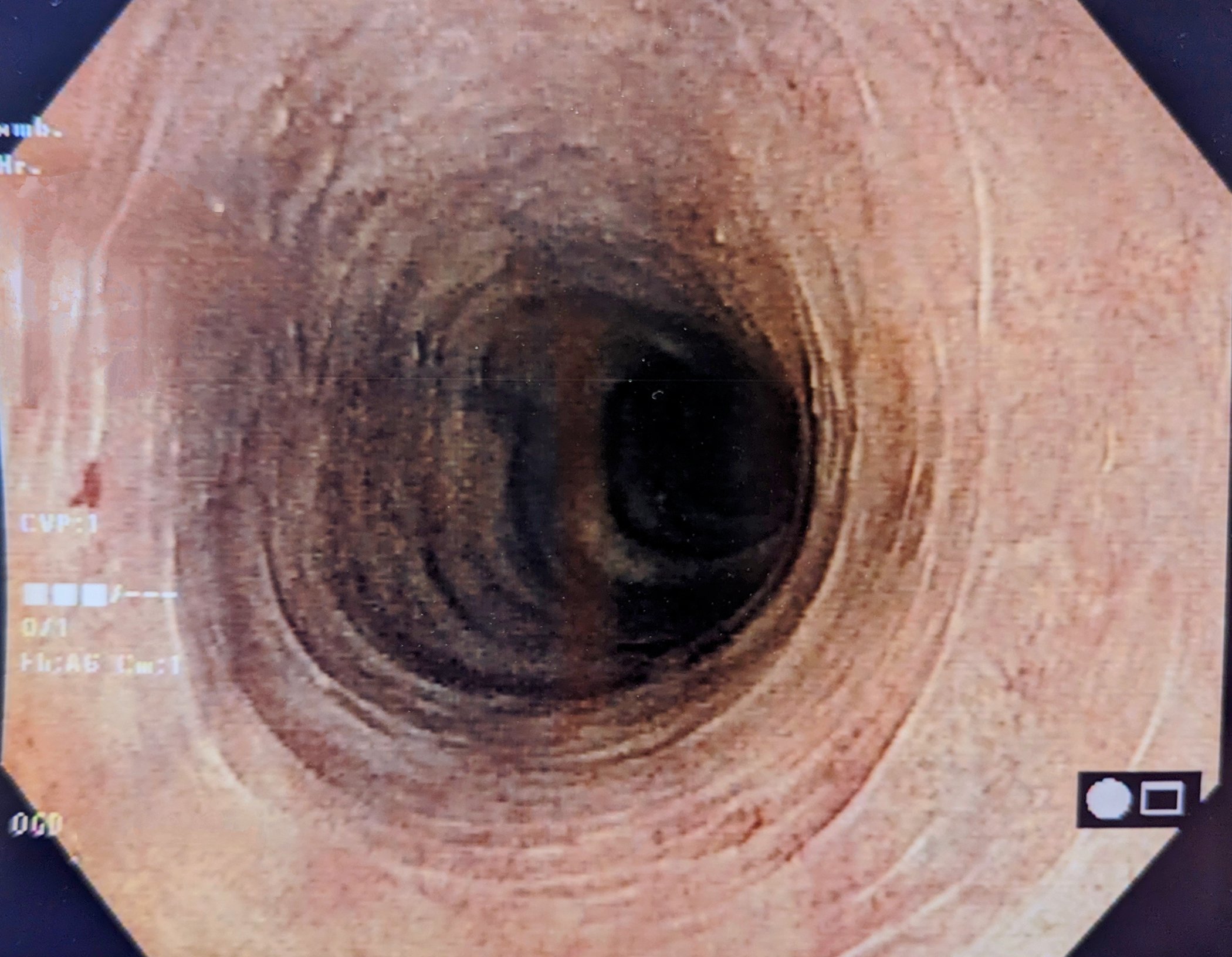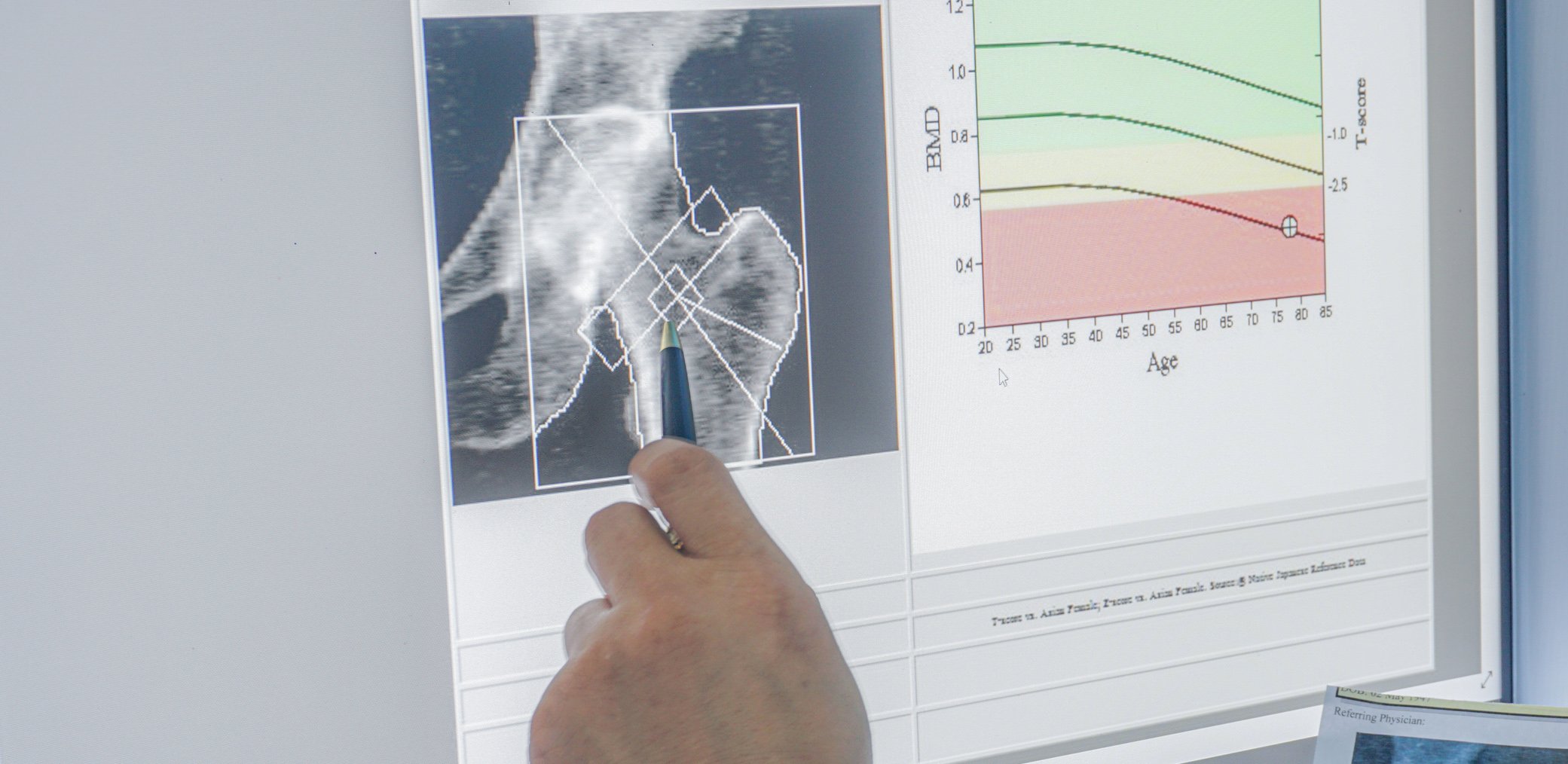An early onset and persistent course of atopic dermatitis are the strongest predictors of atopic march. New diagnostic methods such as electrical impedance spectroscopy and the analysis of biomarkers from tape strips offer the potential to detect barrier dysfunction early and non-invasively, even before clinical symptoms appear. Therapeutic approaches that not only control inflammation but also actively restore the barrier function could have a lasting positive impact on the course of allergic diseases, as recent studies have shown.
Autoren
- Mirjam Peter, M.Sc.
Publikation
- DERMATOLOGIE PRAXIS
You May Also Like
- Eosinophilic esophagitis
EoE rarely occurs in isolation
- Lung cancer with EGFR mutation
New perspectives in first-line therapy
- Sleep disorder
Sleep medicine in transition: new goals and a reassessment of old hypnotics
- Ginkgo biloba extract in the Alzheimer's mouse model
Effects on disease-associated microglia subpopulations
- "Patients W.A.I.T Indicator"
Access to medicines – how does Switzerland compare across Europe?
- Osteoporosis
Risk-stratified therapy with osteoanabolic agents improves outcomes
- Adherence in severe or poorly controlled asthma
Digital monitoring with potential for greater treatment adherence
- GLA:D® program for back pain patients











